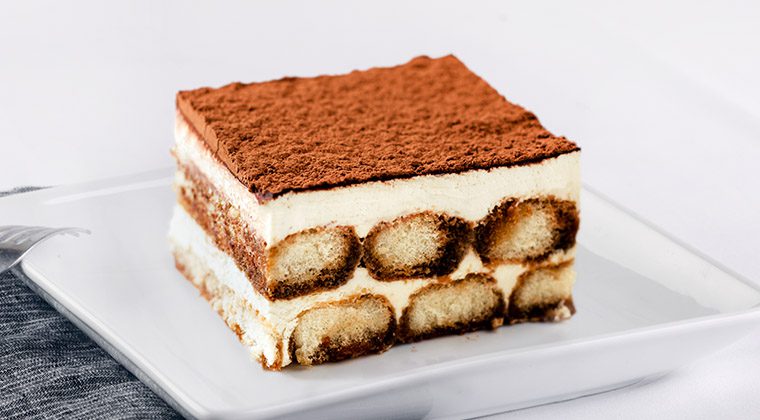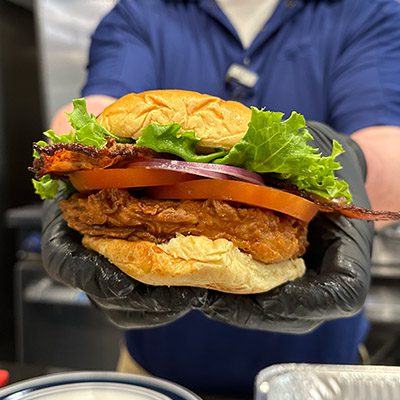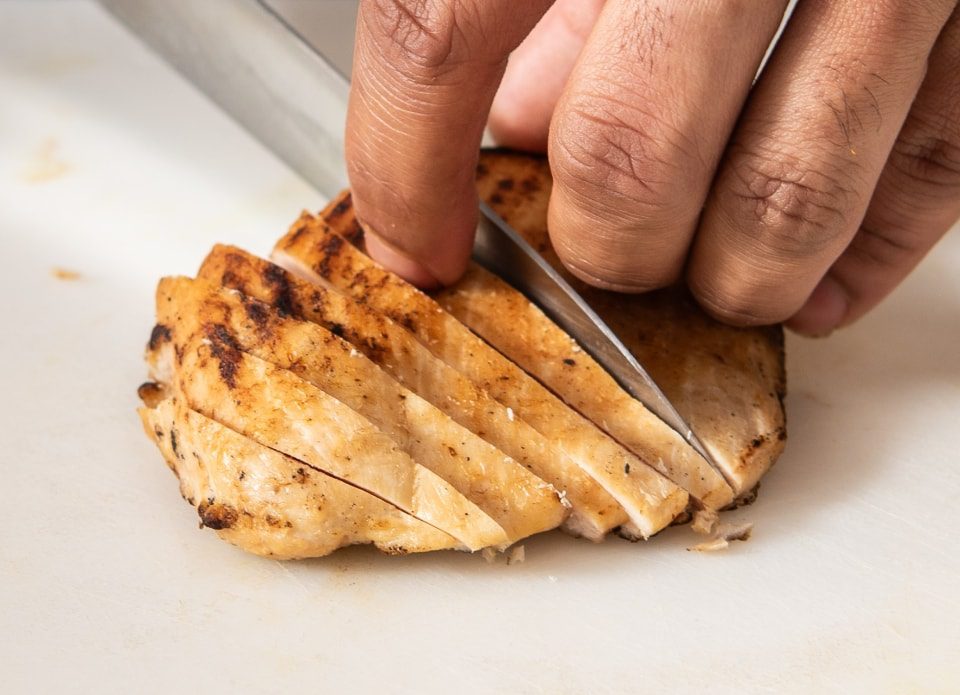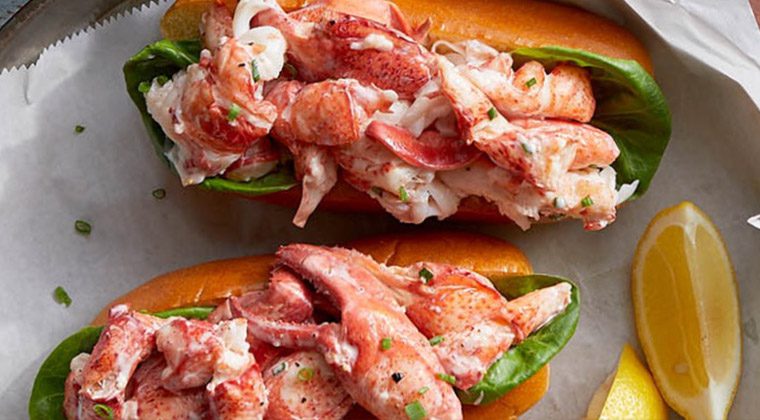
12 Waste-Cutting Ideas to Control Costs
Americans waste $162 billion of worth of food each year, according to the USDA’s Economic Research Service. At about 33 million tons annually, this represents the largest contribution to the municipal solid waste stream, at 21% of the total.
Although it’s unclear how much food is wasted in the foodservice industry, a University of Arizona study found that food waste as a percentage of total food used is 9.55% in fast food locations and 3.11% in full-service locations.
This waste includes what restaurant patrons leave on their plates as well as quantities of prepared foods that no longer meet storage requirements. LeanPath research indicates that approximately 4 to 10% of food purchased by foodservice operations is thrown out before it can be plated. Some of the top reasons: overproduction, spoilage, and excess trimming of meat and vegetables.
American Wasteland author Janathan Bloom estimates that this wasted food costs the commercial foodservice industry roughly $165 billion annually. Cutting waste can dramatically cut food cost.
Remember: Every bit of food saved represents profit gained.
- Conduct a waste audit to understand the extent of the problem in your location.
- Use less-than-perfect produce– Build uses for under- and overripe, bruised, and unattractive fruits and vegetables into your menu, such as juices, ice cream, and purées.
- Donate unused food – Food banks and other community organizations are happy to accept food that is unsaleable but still wholesome; many will pick up your donations.
- Get rid of the garbage can – As an exercise in learning, remove the garbage cans from the kitchen. Requiring back-of-house workers to ask permission to throw away food waste they generate during prep and cooking will encourage them to become more creative.
- Examine waste from plates – Instruct staff to place uneaten food in bus tubs for a day to determine what’s not being eaten, such as garnishes, overlarge portions, bread crusts, and more.
- Use trim – From broccoli spears turned into soup and fruit peels used in cupcakes, to chicken fat used as a cooking medium or fish trim turned into a “burger,” there are lots of ways to divert food trim into delicious food.
- Incent staff to come up with solutions – Getting employees on board with your efforts may yield all kinds of ideas you hadn’t thought of.
- Serve free items only upon request – Rather than having them on counters or automatically served by staff (for example, condiments, bread, crackers, chips, and salsa), ask customers if they want them.
- Track sales of specific menu items – Being able to forecast usage more accurately may mean the difference between making too much food and preparing just enough.
- Get the community involved – Spread the word to regulars and the community at large about reducing food waste, through a blog or even an event like The Big Waste, in which Bobby Flay and other Food Network chefs prepared dinner for 100 made entirely from food items that would have otherwise been wasted.
- Offer smaller portions – Half-portions, small plates, mix-and-match appetizers . . . in addition to being welcome choices for consumers, smaller portions can help reduce waste.
- Go trayless (and use smaller plates) – Buffets in both commercial and noncommercial foodservice establishments have been able to reduce the amount of food taken by patrons.
Additional Resources
- Reducing Wasted Food & Packaging: A Guide for Food Services and Restaurants
- End Food Waste Now
- Sustainable Foodservice
- Food Service/Cafeteria Waste Reduction: Suggestions & Guidance
- USDA/EPA
- Food Waste Diversion Guide for Restaurants
- Food Waste Reduction Alliance
- ConServe
- Food Donation Connection
Content courtesy of Nestle Professional / Operators-Edge.com









